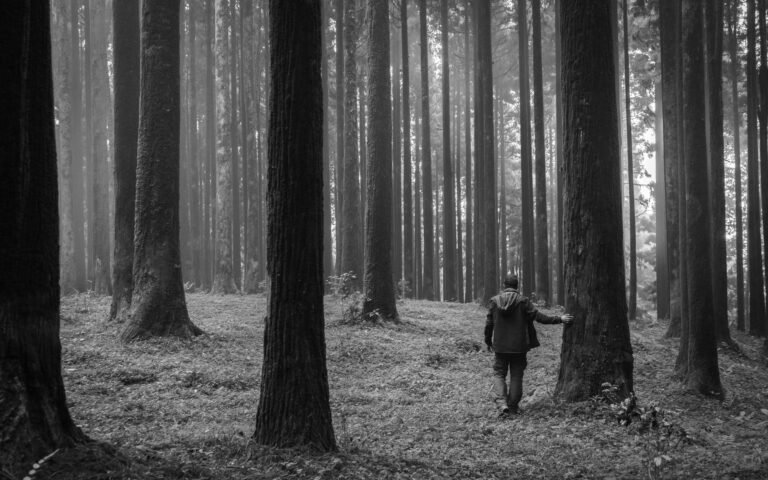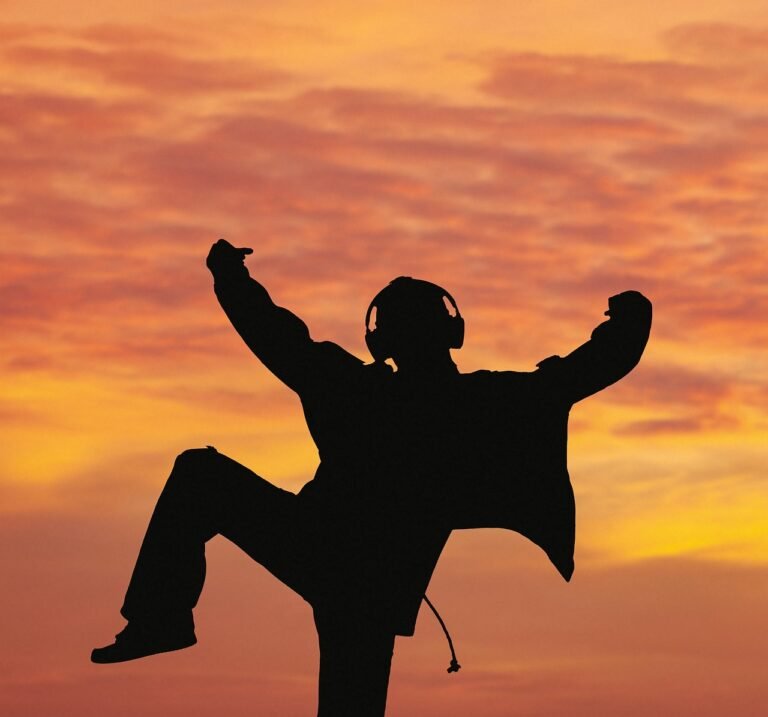If, as men, we are to reimagine healthy masculinity in the 21st century, we must accept what it means to be wounded and live within our woundedness until we are transformed into Wounded Healers who draw strength from our vulnerability rather than from a subverted heroic model of masculinity.
Carl Jung originally developed the wounded healer archetype, representing an individual who, through their suffering, becomes a source of healing and encouragement for others. Vulnerability is integral to both suffering and healing. As a man heals, his vulnerability becomes a source of strength, wisdom, and empathy.
The Psychological and Mythological Roots of the Wounded Healer
The Wounded Healer is a concept deeply rooted in mythology, literature, and psychology. Carl Jung introduced this archetype to describe individuals who, by acknowledging and understanding their own wounds, are uniquely positioned to heal others (Jung, 1951).
Jung defined archetypes as universal symbols or themes in our collective unconscious, which all humanity shares. The Wounded Healer archetype resonates across cultures and periods, reflecting a universal understanding that adversity has the potential to be transformative.
One of the most well-known examples of this archetype is Chiron, the wise centaur from Greek mythology. Despite his extensive knowledge of medicine, Chiron suffered from an incurable wound. Rather than being overwhelmed by his pain, he used his suffering as a source of wisdom and compassion, mentoring heroes like Achilles and Asclepius (Kerenyi, 1959). Chiron’s story emphasises that personal suffering can lead to greater empathy and the ability to help others heal.
In Western mythology, the Wounded Healer is portrayed in the tale of the Fisher King from the Arthurian legend. The Fisher King is a wounded ruler whose injury prevents him from effectively leading his kingdom. His wound is often represented as a groin or leg injury, symbolising spiritual and emotional brokenness. The Fisher King is healed when Percival asks the right question about the nature of the wound, allowing the King to rule his kingdom again successfully. This story illustrates that recognising pain and seeking wisdom through suffering is vital for personal and communal restoration.
Just as mythology provides symbolic guidance, modern psychology echoes the same lessons.
The Psychological Importance of Acknowledging Wounds
Confronting personal wounds is not just an abstract idea or a good story line for mythology; it has essential psychological benefits for men.
For example, acknowledging our woundedness:
- Humanises us and reduces our isolation—we can develop deeper connections with others by recognising our shared experience of woundedness and suffering. One of the challenges we experience as men is a sense of isolation and loneliness. Because we try to deny our woundedness or believe we cannot be vulnerable, we keep others, particularly other men, at a distance. In that distance, we are isolated, grow lonely, and are imprisoned by our fear of being open.
- Acts as a catalyst for transformation and personal development, providing a deeper understanding of ourselves as men, our relationships, and the world around us. As men, we are all wounded by life. However, the Wounded Healer is the man who does not simply sit in his suffering; instead, he uses it as a catalyst to transform himself and provide healing to others.
- Enhances our empathy and the healing we can bring to those around us who are facing similar challenges.
In other words, by acknowledging our woundedness, we become men who are connected to the community, bring safety and healing into our relationships, and manifest the strength of vulnerability. This is the healthy masculinity we need in the 21st Century.
The Wounded Healer and Vulnerability.
As mentioned, vulnerability is at the heart of the Wounded Header archetype because healing is only possible when our wounds are acknowledged rather than hidden or denied.
Dr. Brene Brown defines vulnerability as “uncertainty, risk and emotional exposure.”[1] It is the willingness to expose ourselves emotionally, admit uncertainties, and take risks that can lead to criticism, rejection, or failure.
These are the very things that we have been trained as men to avoid from an early age. We have been taught, often by the men we idolised as boys—our fathers—to view vulnerability as weakness. Strength has been associated with emotional suppression and control, and we haven’t seen the strength in vulnerability and admitting uncertainties modelled for us.
However, embracing our woundedness and pain opens the gateway to authentic connection to ourselves and others.
Heroes, Brittle Boys and the Consequences of Denying our Wounds.
There is another archetype, the hero. We love this archetype because we all love to be heroes in our own mythology.
However, in our society, this archetype has been subverted. In its true form, the archetype of the hero is the person who goes on a journey that includes the following stages.
- Call to action
- Trial and challenges
- Death and Rebirth
- The Return with Wisdom.
Hercules, King Arthur, Odysseus, and Luke Skywalker are all examples of heroes who follow this pattern. These characters undergo great struggles to emerge wiser, stronger, vulnerable, and capable of leading or healing their communities.
In modern society, the hero archetype has been subverted because we are not prepared to endure the wounding involved in death and rebirth. We want the glory, the prestige and the recognition for overcoming challenges. However, we do not pause to question whether, in overcoming these challenges, our heroes return to us reborn, wiser, more vulnerable, and capable of healing our communities.
We see the consequence of this subversion of the hero archetype in current world leaders: brittle boys masquerading as men, throwing tantrums when questioned, and wrecking carnage on societies.
The subverted version of the hero archetype is often seen in the work done in the area of masculinity and men’s health. While coming from good intentions, this work often reflects a pseudo-vulnerability that masks the pride of the man who claims to be healed.
How do we know the difference between men who embody the Wounded Healer archetype and those who remain stuck in a subverted hero complex?
Characteristics of Men Who Embody the Wounded Healer Archetype
Men who embody the Wounded Healer archetype have confronted their suffering, allowed sufficient time, and done the hard work to transform it into a source of wisdom, empathy, and strength.
These are men who recognise that true masculinity is not about denying pain but growing through it. They are men who embody some or all of the following characteristics.
1. Deep Self-Awareness and Emotional Intelligence
Wounded healers have confronted their emotional, physical, psychological, or spiritual struggles and developed a strong sense of self-awareness. They do not deny or are ashamed of their wounds. These men can admit to being triggered by something that has occurred and know how to contain the trigger rather than lash out in blaming or accusing others.
These men acknowledge their emotions rather than suppressing them, allowing for growth, healing, and emotional resilience and consequently experience better mental health and stronger relationships.
2. Empathy and Compassion for Others
Having faced their suffering, these men are highly empathetic and can relate to others’ pain without judgment. This quality allows them to support others in meaningful ways, whether through mentorship, leadership, or counselling. Keanu Reeves, for example, has spoken openly about his personal losses, yet he remains known for his kindness and generosity, demonstrating how vulnerability fosters compassion.
3. Strength Through Vulnerability
Instead of viewing vulnerability as a weakness, the wounded healer recognises it as a source of genuine strength. These men know that embracing vulnerability is essential for forging authentic relationships and facilitating personal growth. Men who embody this archetype aren’t afraid to express their emotions, seek assistance when needed, or share their struggles, knowing that such actions foster deeper connections with others.
4. A Desire to Guide and Mentor
Like Chiron, the wounded healer in Greek mythology, these men often become mentors, teachers, or leaders who guide others through their healing journeys. They draw on their lived experiences to help others navigate challenges, whether as therapists, activists, fathers, or friends.
5. Transformation of Pain into Purpose
Instead of allowing their wounds to negatively define them, wounded healers turn suffering into purpose. Many take roles as advocates for mental health, social justice, or personal development, leveraging their experiences to foster positive change. This resonates with Viktor Frankl’s (1946) assertion that finding meaning in suffering is crucial for resilience and healing.
6. Commitment to Healing—For Themselves and Others
Healing is not a one-off event; it is a lifelong journey. This journey can be challenging. We yearn for healing; we want our issues resolved. A weekend retreat or a guru selling five steps to peace and tranquillity can be tempting. I have certainly fallen for my fair share over the years. However, the reality is that healing is a continuous process based on ‘soul-time’ rather than the schedule we demand or expect for healing.
Wounded healers consistently focus on their healing while offering support to others. They may participate in therapy, meditation, journaling, or community service while prioritising their well-being.
When we embody the wounded healer archetype, we challenge traditional, rigid definitions of masculinity. We demonstrate that strength isn’t about suppressing pain but harnessing it as a catalyst for growth, connection, and healing. We bring wisdom and compassion to our relationships and communities by demonstrating emotional intelligence, empathy, and resilience. By embracing the Wounded Healer within, we reshape masculinity for ourselves and future generations.
In the second part of this article, we will consider practical steps that are involved in the healing journey.
[1] Brown, B. (2012). Daring Greatly: How the Courage to Be Vulnerable Transforms the Way We Live, Love, Parent, and Lead. Gotham Books.




